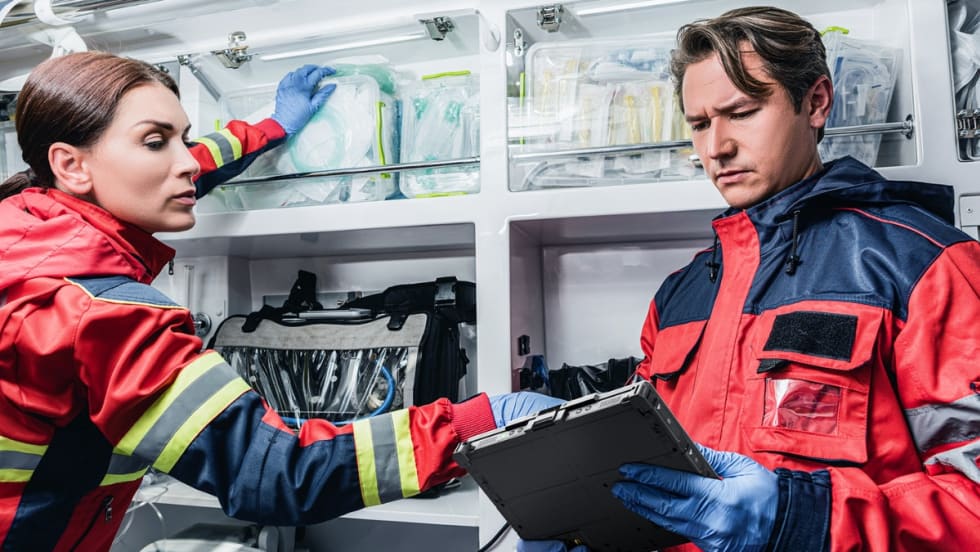Texas A&M University-Corpus Christi researchers have studied 12 months of body camera footage from the Aransas Pass Police Department (APPD). The goal was twofold – first, to chronicle and classify the police-citizen interactions, and second, to determine whether specific factors (race/ethnicity, gender, who initiated contact, etc.) were correlated with the nature and outcomes of the interactions. For APPD, an additional goal was to use the results to enhance training programs and improve officer interactions with the public.
Dr. Sarah Scott, assistant professor of criminal justice; and Dr. Wendi Pollock, associate professor of criminal justice, led the research team. Scott has conducted local and state-level evaluations for numerous criminal justice agencies while Pollock is an accomplished researcher in the area of police-public contact. Additional team members included Eric Moore, associate professor of criminal justice who holds a J.D. from Harvard Law, and Emily Shafer, Islander graduate student in the master of public administration (MPA) program. Moore acted as the team’s legal consultant while Shafer assisted by coding data.











